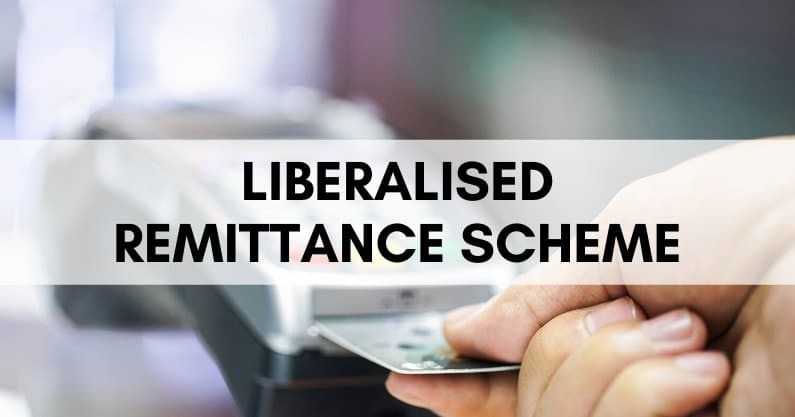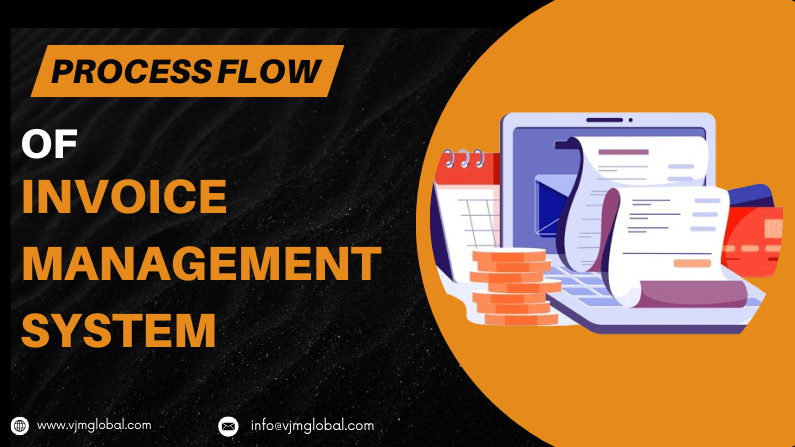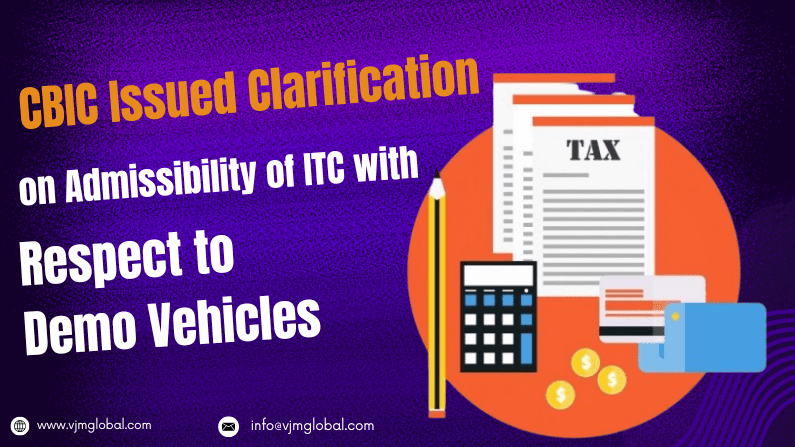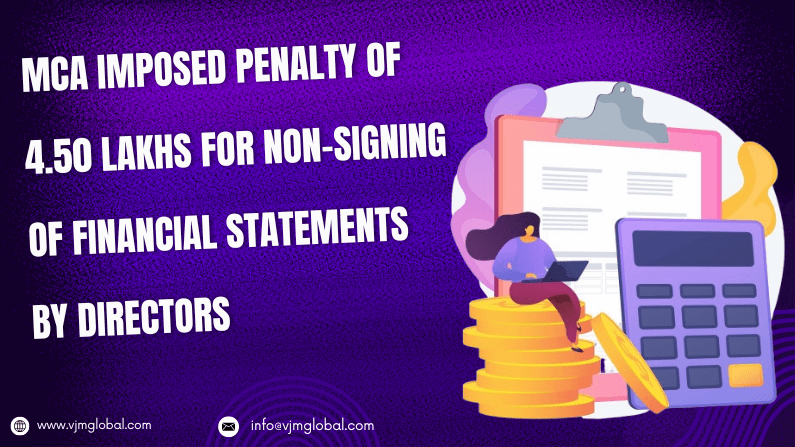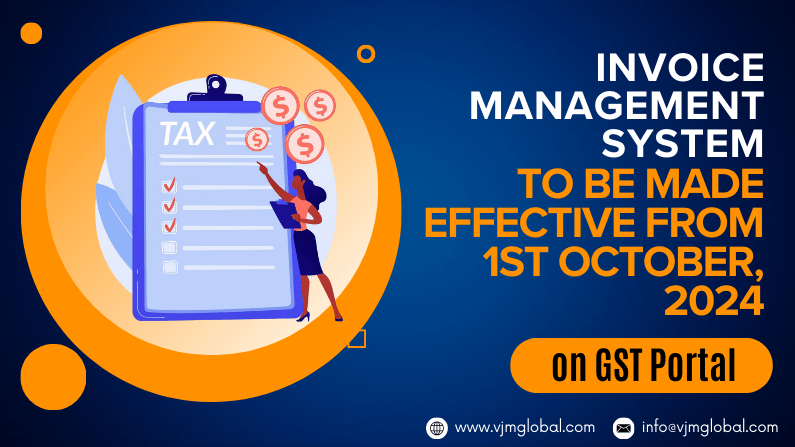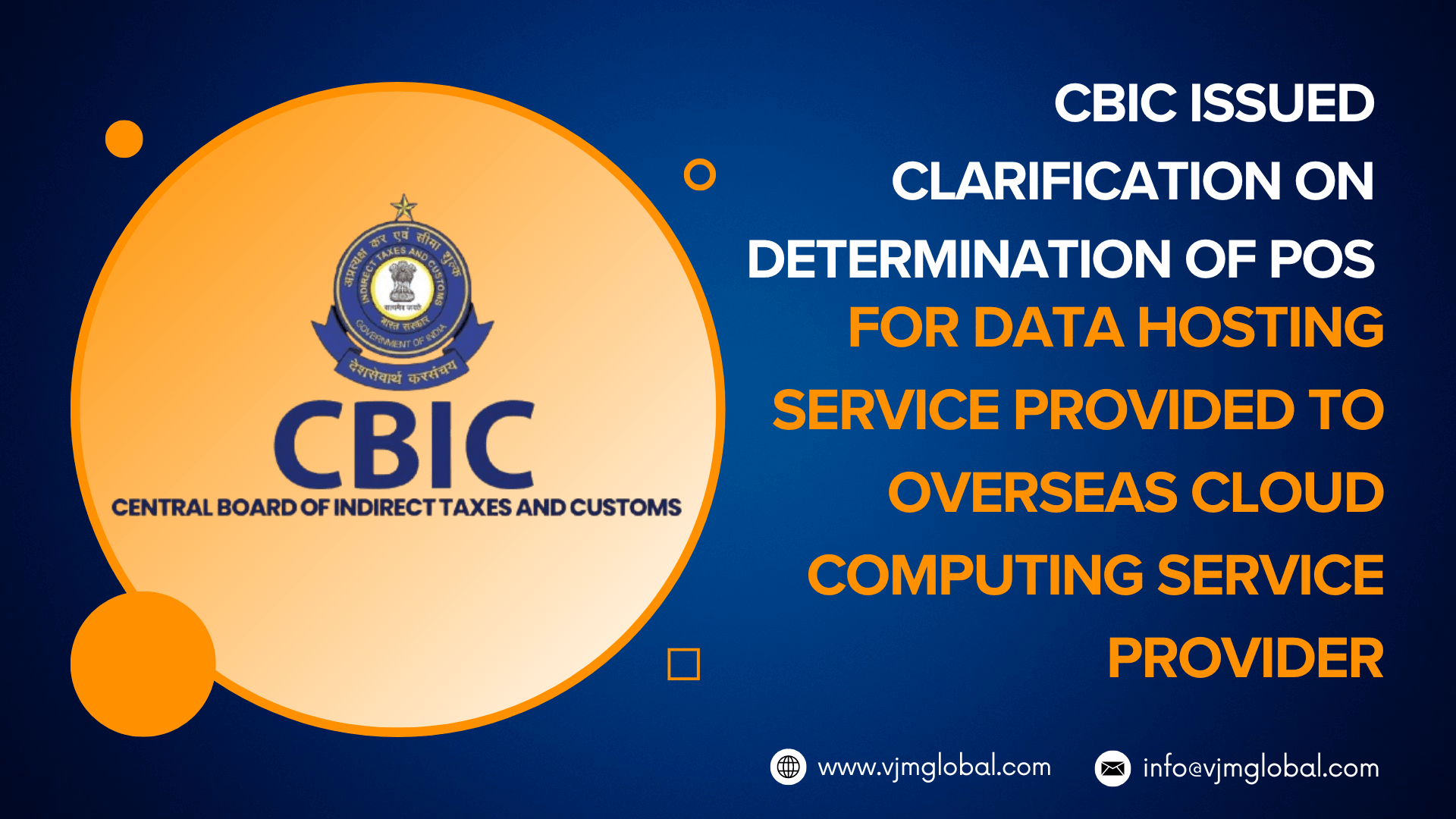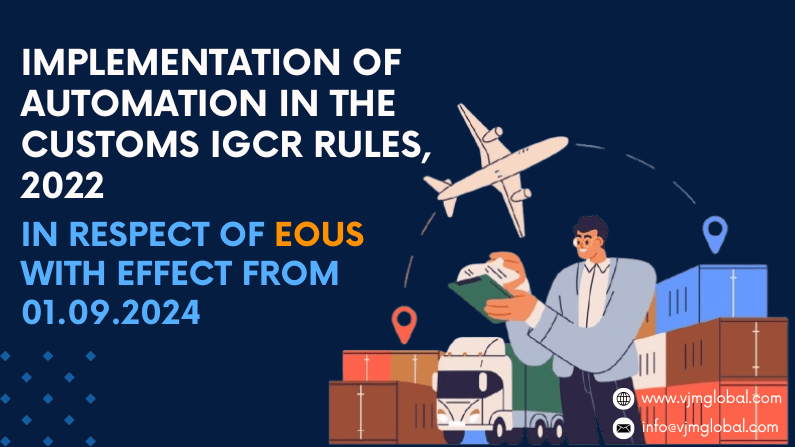The Reserve Bank of India has introduced the Liberalised Remittance Scheme aka LRS way back in 2004. The main reason behind the introduction of LRS was to regulate the flow of Indian rupees out of India. As we have already come to the 21st-century number of residents and non-residents Indians travelling and working across the world has increased.
Hence the scheme has become much more significant than ever these days. Here in this article, we have discussed everything you must know about the Liberalised Remittance Scheme. So, scroll through to get all the information.
1. What Actually a Liberalised Remittance Scheme is?
Transfer of Money out of India is a cumbersome process and requires a lot of approvals. However, considering the increase in the level of globalisation and the requirement of transfer of funds across countries, this process needs to be simplified.
Through the Liberalised Remittance Scheme (“LRS”), the RBI allows residents and non-resident Indians to freely remit money out of India, up to given threshold, with the help of authorised dealers and Indian banks.
LRS specifies a threshold limit which is freely transferable during the year and such threshold limit is to be counted for every Financial year (April to March).
2. Threshold Limit Given Under LRS
Limit for transfer of funds has been revised over the period of time and at present, such threshold limit is $250,000 per fiscal year out of India. Threshold limit of $ 250000 includes Capital Account and Current Account transactions.
Such limit is available to all individuals including minors, However, in case of minors, Form A2 must be countersigned by minor’s natural Guardian.
3. Current Account Transactions Permitted Under LRS
Any resident of India holding a PAN card alongside other documents can avail the scheme. Even the minors having the appropriate documents can use the LRS. Primarily, through the LRS scheme, one can send money for any of the following purposes,
- For Gift or donation
- Private visits to a country (except Nepal and Bhutan). A person can obtain foreign exchange upto $ 250000 irrespective of number of visits and all expenses related to tour such as cost of rail/water transporation, tickets etc. will get included..
- Emigration
- In the case of going abroad because of employment purpose
- Maintenance of close relatives staying abroad
- Business-related travel or attending conference
- To meet expenses of someone accompanying as attendant to a patient going abroad
- Expenditures with respect to medical treatment abroad
- For study abroad
Not only the cases mentioned above, but through LRS, one can remit his/her salary in India after taxes. But the upper cap is up to $250,000 in this case as well.
4. Capital Account Transactions Permitted Under the LRS
There are certain Capital Account Transactions that are allowed under the LRS. Have a look at the list below to get a clear idea,
- Opening of foreign currency account abroad with a bank;
- Purchase of property abroad;
- Making investments abroad- acquisition and holding shares of both listed and unlisted overseas company or debt instruments; acquisition of qualification shares of an overseas company for holding the post of Director; acquisition of shares of a foreign company towards professional services rendered or in lieu of Director’s remuneration; investment in units of Mutual Funds, Venture Capital Funds, unrated debt securities, promissory notes;
- Setting up Wholly Owned Subsidiaries and Joint Ventures outside India for bonafide business subject to the terms & conditions.
- Extending loans including loans in Indian Rupees to Non-resident Indians (NRIs) who are relatives as defined in Companies Act, 2013.
5. Capital Account Transactions not Permitted Under LRS
- Remittance for purposes which are prohibited under the Schedule-I or item restricted under Schedule-II of the Foreign Exchange Management Rules, 2000.
- Indian companies can’t issue remittances for buying FCCBs in the secondary market abroad
- Remittance because of margin calls or margins to the overseas counterparty or overseas exchanges from India is not allowed
- Direct or indirect remittances through Capital account is not allowed in the countries which the Financial Action Task Force (FATF) has identified as “non-cooperative countries and territories.”
- Direct or indirect remittance to individuals and entities identified as having a significant risk of committing acts of terrorism is not allowed
6. Other Points
- Remittance can be used for purchase of art object subject to provision of other laws such as foreign trade policy of government.
- Remittance is not permitted for any purpose specifically prohibited under Schedule I or any item restricted under Schedule II of Foreign Exchange Management (Current Account Transaction) Rules, 2000.
- Under this scheme, remittance is not permitted for capital account transaction to any country identified by Financial Action Task Force (FATF) as non cooperative country and territories.
7. Documents Required
- Furnish Form A2 with designated branch of an AD.
- PAN of remitter.
- RBI doesn’t prescribe any set of documents for current account transaction. Authorised Dealers may specify their own set of documents required to ensure compliance of FEMA.
- RBI shall not issue any instructions or orders to be followed with respect to TDS. It is mandatory on the part of Authorised Dealer to comply with requirement of tax laws.
8. Why is LRS Important?
Introduction of the LRS scheme is nothing but a small step that the Government of India has taken towards pulling apart the controls on foreign exchange movements in and out of the country. Inside a liberalised economy, capital controls don’t have any place.
But a country like India, which depends heavily on the imports of critical goods it’s obvious that we spend much more on the foreign exchange than we earn. Hence it is quite obvious that freeing up remittance can actually ruin the exchange rates.
That’s the reason while keeping an eye on the situation currently, the Reserve Bank of India has tweaked the rules. For example, in the middle of 2013, India was going through a large account deficit. The LRS limit was cut down to $75,000. Since then, it has been hiked again in a few phases.
9. Frequently Asked Questions
i) In what currency can I remit How Frequently Can One Send Money out of India??
You can send money as many occasions as you want within a financial year (April-March). But the total limit of $250,000 has to be maintained.
ii) In what currency can I remit money?
Though the limit is designated in USD, you can remit the money in any convertible foreign currency that your authorised dealer offers.
iii) Is the PAN Card Mandatory for an Outward remittance?
A permanent account number, or PAN, is compulsory for all the transactions you make under the LRS.
Read more about TCS on Foreign remittances through Liberalised Remittance Scheme (LRS) and on Selling of Overseas Tour Packages @ 5%

